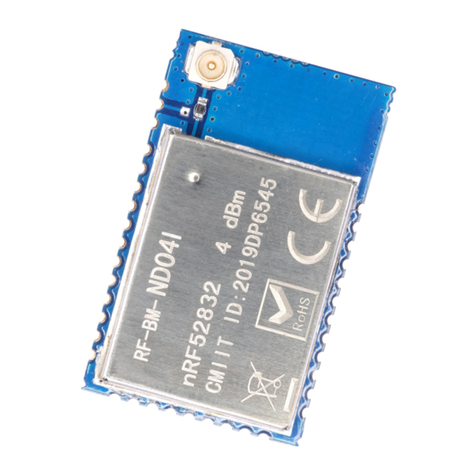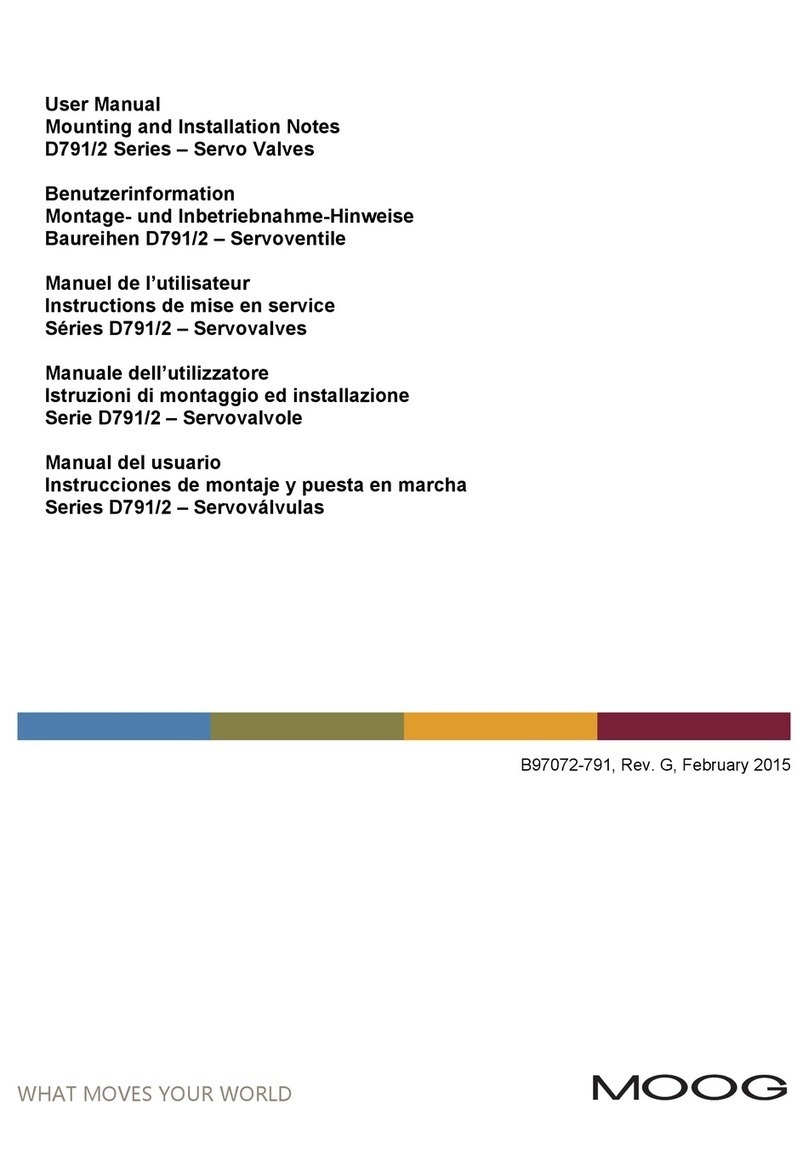BLOCKsignalling M1 User manual

UNIVERSAL MODULE FOR SEQUENTIAL OPERATIONS M1
Pre-programmed multi-functional module with two separate relay outputs
Capable for driving points motors, operating signals, switching and reversing
loco direction, etc
Action is triggered by push-button, switch, reed-relay, or another module of
the same type
Action is carried out until the train is detected by the infra-red sensor or the
module times out
When the action is completed, the module provides an output signal which
can be connected to other modules of the same type
Programs can be easily adjusted to give great flexibility in operation

Page 2 of 29
BLOCKsignalling www.blocksignalling.co.uk
Introduction
The BLOCKsignalling module M1 has been designed to carry out a pre-programmed
function when it is triggered, such as powering a section of track to move a train
forward. It then it waits until a train reaches the infra-red sensor. At this point, the
module completes the action (eg stops the train) and signals on one of its outputs
that the task has been completed (the "DONE" terminal).
The DONE output would normally be connected to the trigger ("TRIG" input) of
another module of the same type, which would then carry out its operation.
By linking several modules in series, successive actions can be carried out one after
another.
If the modules are connected in a loop, the operation will continue indefinitely. It the
loop is not complete, the action can be started by an input (such as pressing a
button) and will continue until the last module has completed its task. The final
output could be connected to an led to show the sequence has been completed.

Page 3 of 29
BLOCKsignalling www.blocksignalling.co.uk
Connections
The module has screw terminals for all its external connections.
The train sensor connects to the A, GND, and C terminals.
The DONE and TRIG terminals are for connection to adjacent modules. The TRIG
input is activated when connected to GND, by a switch, push button or other
module. Note the push-button on the module connects the TRIG terminal to GND
and so can be used to trigger the module. This terminal must not be grounded at the
time the module is powered, otherwise it will enter programming mode (see later).
The power input is designed for 12V DC. Reverse polarity will not damage the
module, although the module will not function.
The current drawn is 50mA when one relay is energised, 100mA when both relays
are energised, and 10mA when no relays are energised.
The relay output terminals are each rated at up to 1A at 24V DC.

Page 4 of 29
BLOCKsignalling www.blocksignalling.co.uk
Connecting the Infra-Red Sensor
An Infra-Red source and Infra-Red detector are moulded into a single 5mm x 6.5mm
package that can be located below the track bed to reflect light off rolling stock.
Identify the Sensor 1 leads from the diagrams (there is a small chamfer on the edge
of the casing) and connect to the terminals marked A and C on the module. Leads E
and K both connect to terminal GND.
The wires can be extended using small chocolate block and extra lengths of cable if
required (not supplied).

Page 5 of 29
BLOCKsignalling www.blocksignalling.co.uk
Programming
Many of the settings used by the module can be changed (re-programmed) by the
user.
The main memory location is memory 2 (m2) which is used to select which program
the module runs (Program 1, Program 2, etc).
The remaining memory locations (m3,m4,m5, etc) can be set with different values to
alter the operation of the module.
The uses of each memory location are given at the end of this document.

Page 6 of 29
BLOCKsignalling www.blocksignalling.co.uk
Program 1 - Test Program
This is the default program when the module is first supplied and is designed to test
the correct operation of the module. The timings cannot be adjusted.
Connect up the sensor (see later) and a 12V DC power supply. The led and push
button are optional.
Switch on the power. The PROG led should faintly flicker indicating it is in
standby. If not, check the power supply and polarity, and verify the infra-red sensor
connections are correct.
Press the push button on the module, or the connected push button (to simulate it
being triggered). After 5 seconds, Relay 1 should energise (you will hear it click, and
its led will light).
Five seconds later, Relay 2 should energise (you will hear it click, and its led will
light). After a further five seconds, Relay 2 will de-energise.
BLOCK
signalling
12V DC
POWER
SUPPLY
VIN
GND
+-
A
GND
C
INFRA-RED
SENSOR
PUSH
BUTTON
“TRIGGER”
1k RESISTOR
“DONE”
LED
RELAY2 ENERGISED LED
RELAY1 ENERGISED LED

Page 7 of 29
BLOCKsignalling www.blocksignalling.co.uk
The led flashing shows the module is searching for a train and the module will now
wait for an object in front of the sensor.
Place you hand close to the sensor and after 5 seconds Relay 2 will turn on for five
seconds then off after a further 5 seconds, followed by Relay 1 turning off five
seconds later.
Finally, five seconds after Relay 1 turns off, a final bright flash of the led for a second
shows that the task is done (this is the point at which the DONE signal is issued on
the DONE output terminal).

Page 8 of 29
BLOCKsignalling www.blocksignalling.co.uk
Program 2 - Fiddle Yard
A fiddle yard has a queue of trains. When the one at the front of the queue departs
each of the trains behind move up one position in the queue.
In the drawing below, we are just showing one train, which is stationary at location A
(due to the module not powering the isolated section of track). This train has arrived
from the right and stopped once it was unable to pick-up power from the track.
If the operator presses the push button (connected to the TRIG terminal), the module
will start to follow a built-in program. In this case, one of the relays on the module
will energise, and this will allow power to flow to the isolated rail and the loco will
move towards the left, entering the powered section of track (B).
When the loco reaches the sensor at C the train is detected and the relay on the
module de-energises making the isolated section dead again, preventing any other
locos entering the section.
The loco carries on until it reaches the isolated section at D. It will stop and wait
here until this section is powered from elsewhere.
At the point the train is detected at C, the module sends out a signal out on its
"DONE" terminal, so the sensor should be close to the isolated track at D. If this is
not possible, a delay can be programmed so that the DONE signal is not sent until
sometime later.
In this case, we have not made a connection to the DONE terminal yet as we are
only showing one module.

Page 9 of 29
BLOCKsignalling www.blocksignalling.co.uk
Now if we connect a second module upstream, when the first module completes its
task of moving the loco up to the infra-red sensor, the second module will be
triggered and will move its loco up also.
Obviously this can be extended to any number of modules, and if the track forms a
complete loop the modules can also be connected in a loop and will move the locos
around the loop one at a time.
In the diagram below, we have left out the power supply connections to the M1
modules for clarity. We have also left out the push button, because you can press
the push button on the first module and it has the same effect.

Page 10 of 29
BLOCKsignalling www.blocksignalling.co.uk

Page 11 of 29
BLOCKsignalling www.blocksignalling.co.uk
Program 3 - Points Operation
This program is intended to operate sets of points (using solenoid points motors) to
route trains.
Once triggered, Relay 2 is energised and selects the route direction, then Relay 1 is
energised for 1 second to operate the points.
When the train reaches the IR sensor, Relay 2 is de-energised and then Relay 1 is
energised for 1 second to operate the points.
Wire the normal and reverse wires of the points to suite the direction you want the
points to operate.
Always use with a CDU.
More than one set of points can be connected.

Page 12 of 29
BLOCKsignalling www.blocksignalling.co.uk
Wire the normal and reverse wires of the points to suite the direction you want the
points to operate.

Page 13 of 29
BLOCKsignalling www.blocksignalling.co.uk
Program 4 - Wiring Tortoise or Cobalt Points Motors
This program is designed to operate stall type points motors.
Once triggered, both relays operate to reverse the polarity of the feed to the points
motor.
When the train reaches the sensor, both relays are de-energised and the feed to the
points motors is restored to the previous polarity.
The wiring of the points will determine the direction they start in when the power is
applied. Swap the two wires to the points if you want them to operate in the reverse
direction.
Below is an alternative wiring arrangement, if you are powering your points motors
with an AC power supply.

Page 14 of 29
BLOCKsignalling www.blocksignalling.co.uk

Page 15 of 29
BLOCKsignalling www.blocksignalling.co.uk
Program 5 - Change Direction
This program is designed to change the direction of the traction current.
Before triggering, both relays are de-energised and the power passes straight
through.
Once triggered, the traction current direction is reversed.
When the train reaches the sensor, the traction current is restored to the original
direction.

Page 16 of 29
BLOCKsignalling www.blocksignalling.co.uk
Program 6 - Dapol Signal
This program is designed to operate a Dapol Signals.
Once triggered, Relay 2 is operated for 1 second to change the signal.
After a delay, Relay 1 is operated for 1 second to change the signal.
When the train reaches the sensor, Relay 1 is operated for 1 second to change the
signal, then after a delay Relay 2 is operated for 1 second to change the second
signal.
After the second signal is operated, the DONE indication is indicated on the output
terminal.

Page 17 of 29
BLOCKsignalling www.blocksignalling.co.uk
Program 7 - Led or Bulb Signal (3-aspect)
This program is designed to operate a Led or Filament Bulb Signals.
When the power is switched on, with the signals wired as below, the green aspect
will show.
Once the module is triggered, the signal will immediately switch to red, then yellow
after a delay.
When the loco passes the sensor, the signal will return to green and the DONE
output will be indicated.

Page 18 of 29
BLOCKsignalling www.blocksignalling.co.uk
Programs 8 –Universal program
The following program allows you to design you own uses for the module and gives
full flexibility to change the operation of the module.
There are many settings to adjust the timing of the pulses, set the number of pulses,
change which action triggers the module, ability to set the delays to be randomised
and so on. These are covered in detail below.

Page 19 of 29
BLOCKsignalling www.blocksignalling.co.uk
Introduction to Programming
This section of the document covers program 8, an additional program added to the M1 module
which allows the user to set their own timings for the operations of the relays on the module.
To fully understand this section, I recommend reading through once lightly, then concentrating on
the examples at the end. They should make it clear how to program the module for your
requirements.
Once the module is set to run program 8, the default operation of the relays is shown below.
When the power is turned on, or immediately following setting the module to run on program 8,
both relays will be de-energised.
When the module is triggered, by the push button on the module (other options can be selected
such as grounding the C terminal or TRIG input, or triggering the IR sensor). The trigger point is
shown as TR on the diagram.
Sometime after triggering, Relay 1 energises. This is shown as m10 on the diagram, and this signifies
that memory 10 holds the time in seconds for Relay 1 to energise after triggering. The default value
for m10 is 1, so Relay 1 will energise 1 second after the module is triggered. It is possible to re-
program m10 to be any value from 1 to 255 seconds (this also applies to all the other timing values).
At time m12 (which has a default of 2) Relay 1 de-energises. Note, this is 2 seconds after triggering,
NOT 2 seconds after Relay 1 energises.
Relay 2 operates in the same way, using memory values of m18 and m20 (which have default values
of 3 and 4). In this example, Relay 2 operates after Relay 1, but by changing the timings you can
alter this to have Relay 2 operate first, or to have the operation of the relays overlapping.
After both relays have completed their first operation (ie after the latest of the m12 and m20
timings) the module turns on the infra-red sensor, and starts looking for a train. Again different
detection options can be selected.
When a train is detected, marked by the dotted line IR on the diagram above, similar relay actions
occur. Finally a pulse output occurs on the DONE terminal, set by m16. The module then restarts,
and awaits a new trigger input.

Page 20 of 29
BLOCKsignalling www.blocksignalling.co.uk
Programming Options
As well as the option to change all the timings as given in the diagram above, it is also possible to:
Select whether a pulse occurs after the trigger input or not.
Select whether a pulse occurs after the IR input or not.
Select whether a relay is energised twice per cycle (as above) or is only energised once.
Select whether the first trigger is from the TRIG input, or change it to another type of trigger.
Select whether the second trigger is from the IR input, or change it to another type of
trigger.
Provide an additional delay (which can have a random element to it) either after the module
TRIG input is received, or after the IR trigger, or before the DONE output occurs.
This is a pretty big list, but the following diagram should clarify the majority of the options.
For each relay there are 10 options for the operation (called Modes). These modes determine the
action of the relays once a TRIG input is received, or a train is detected by the IR sensor. You can see
that the default mode in program 8 is mode 2 for both relays.
The timings on the diagram (m10, m12, m12 and m13) refer to Relay 1, while those in brackets
(m18, m20, m17 and m19) refer to Relay 2.
The mode for Relay 1 is set in m4.
The mode for Relay 2 is set in m5.
TRIG input or
Push Button
m10(m18)
m12(m20)
Infra-red
Trigger
m11(m17)
m13(m19)
Mode 1
Mode 2
Mode 3
Mode 4
Mode 5
m16
DONE
pulse
Mode 6
Mode 7
Mode 8
Mode 9
Mode 10
Relay Energised
Relay De-energised
Table of contents
Popular Control Unit manuals by other brands
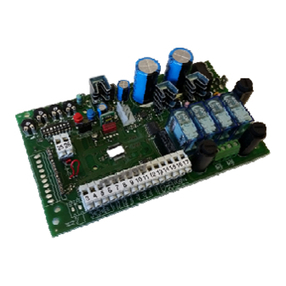
Allmatic
Allmatic AS24 Manual for installation

Nice
Nice MC200 Instructions and warnings for installation and use

Stübbe
Stübbe MV 308 operating instructions
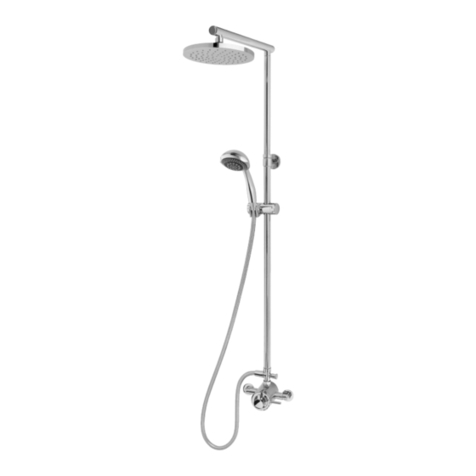
MX
MX Atmos Energy Fitting instructions
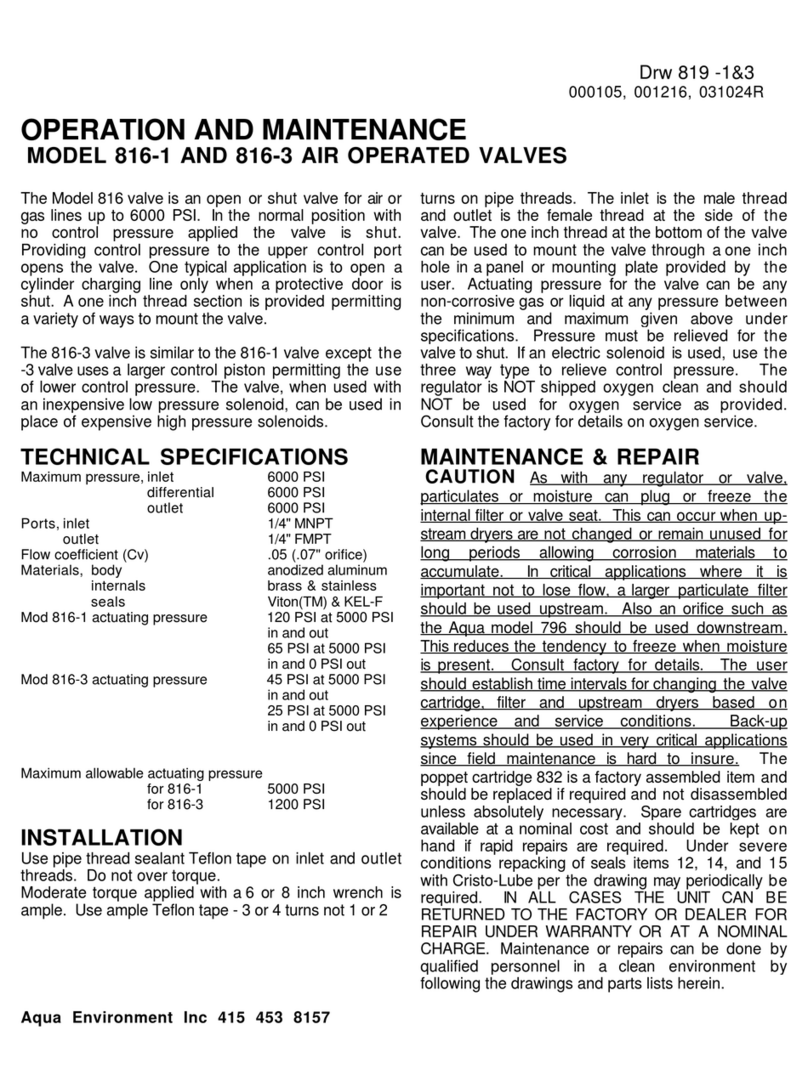
Aqua Environment Inc
Aqua Environment Inc 816-1 Operation and maintenance
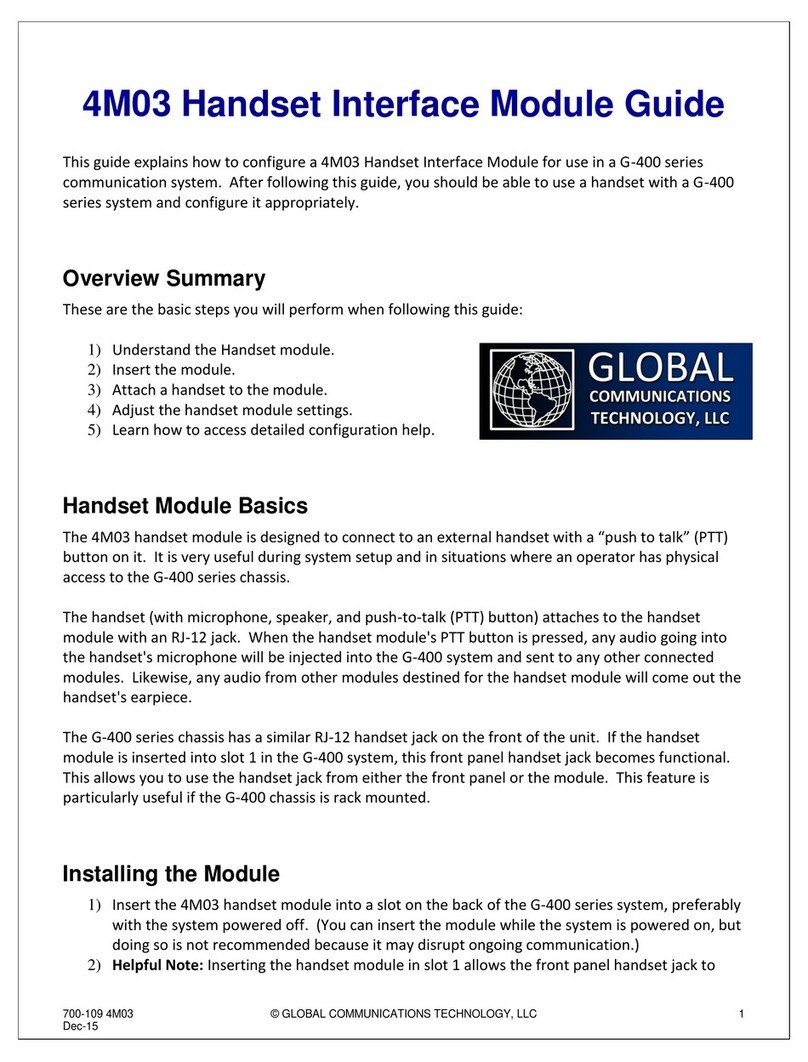
Global Communications
Global Communications 4M03 Guide
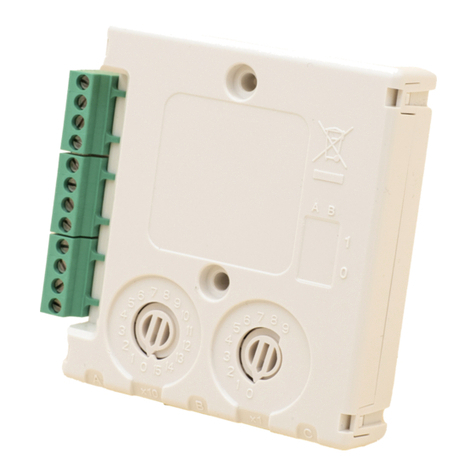
Honeywell
Honeywell NOTIFIER M710-CZR installation instructions

Orno
Orno OR-GB-426 Operating and instalation instructions

Great River Technology
Great River Technology ARINC 818 HS SAM Gen II quick start guide
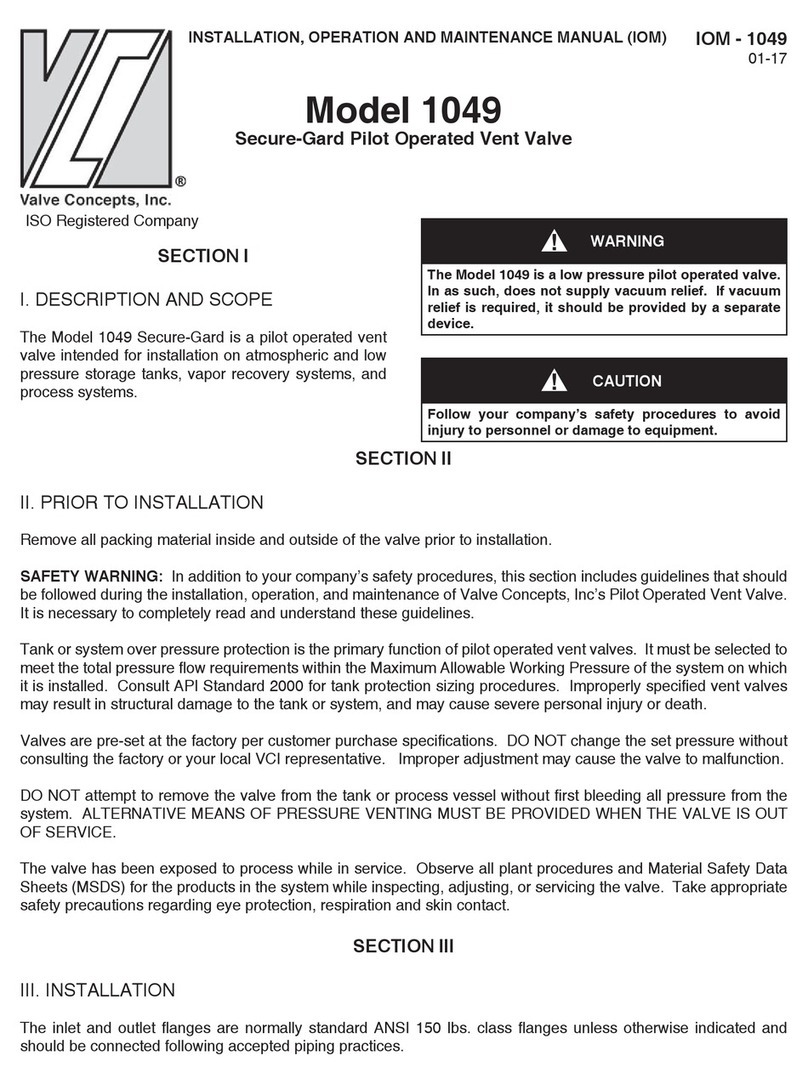
Valve Concepts
Valve Concepts 1049 Secure-Gard Installation, operation and maintenance manual
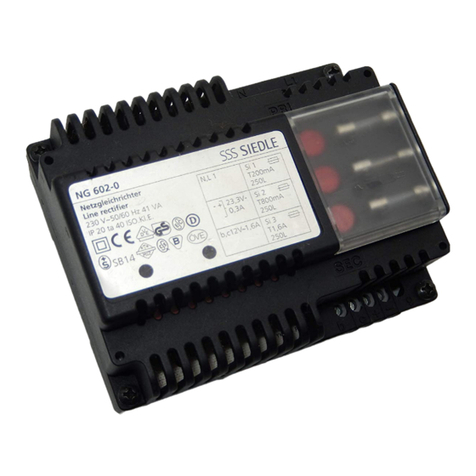
SSS Siedle
SSS Siedle NG 602-0 manual
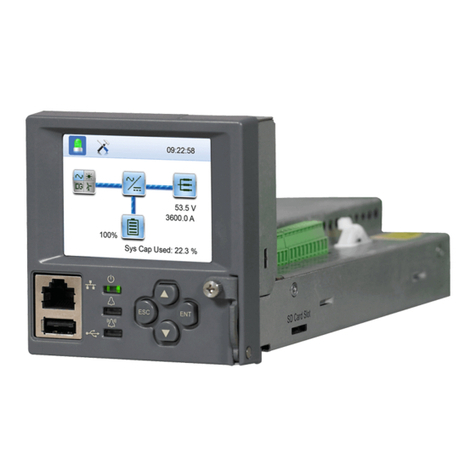
Vertiv
Vertiv Netsure user manual



